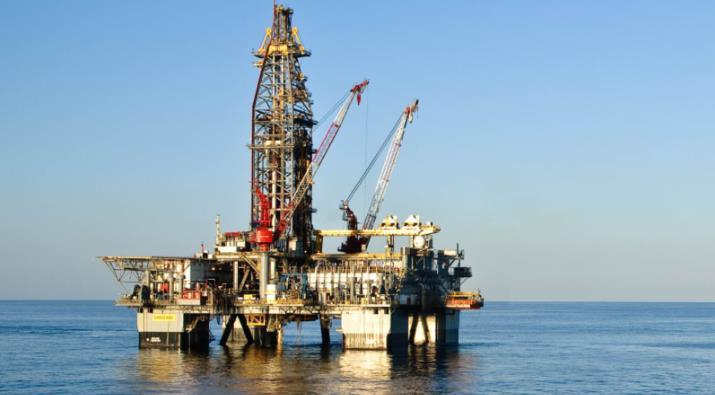The Role of Robotics and Automation in Modern Oil Rig Construction

The oil and gas industry has always been at the forefront of technological innovation, and today, robotics and automation are revolutionizing oil rig construction. These advancements enhance efficiency, improve safety, and reduce costs, making them indispensable in modern offshore and onshore drilling operations.
Increased Efficiency and Precision
Constructing an oil rig involves complex processes, from welding massive steel structures to assembling intricate piping systems. Robotics ensures precision in tasks such as welding and drilling, reducing human error and speeding up project timelines. Automated systems can operate continuously without fatigue, significantly cutting down construction durations.
Enhanced Safety for Workers
Oil rig construction is hazardous, with risks including heavy machinery accidents, falls, and exposure to toxic substances. Robotics minimizes human involvement in dangerous tasks, such as working at great heights or in confined spaces. Drones are also used for inspections, reducing the need for workers to climb tall structures.
Cost Reduction and Sustainability
Automation reduces labor costs and material waste by optimizing resource usage. Robots can perform repetitive tasks with minimal waste, while AI-driven systems predict maintenance needs, preventing costly downtime. Additionally, automated rigs often consume less energy, contributing to more sustainable operations.
Remote Operations and Monitoring
Modern oil rigs incorporate IoT (Internet of Things) sensors and automation for real-time monitoring. Engineers can oversee construction and operations remotely, adjusting parameters as needed. This capability is especially valuable in harsh environments where human presence is limited.
Challenges and Future Outlook
Despite the benefits, integrating robotics and automation requires significant investment and skilled personnel. Cybersecurity risks also emerge as systems become more interconnected. However, as AI and machine learning continue to evolve, smarter, more autonomous oil rigs will become the norm.
Conclusion
Robotics and automation are transforming oil rig construction, making it faster, safer, and more cost-effective. As technology advances, the industry will increasingly rely on these innovations to meet global energy demands efficiently. The future of oil rig construction is undoubtedly automated—delivering precision, safety, and sustainability like never before.
- Art
- Causes
- Crafts
- Dance
- Drinks
- Film
- Fitness
- Food
- الألعاب
- Gardening
- Health
- الرئيسية
- Literature
- Music
- Networking
- أخرى
- Party
- Religion
- Shopping
- Sports
- Theater
- Wellness


